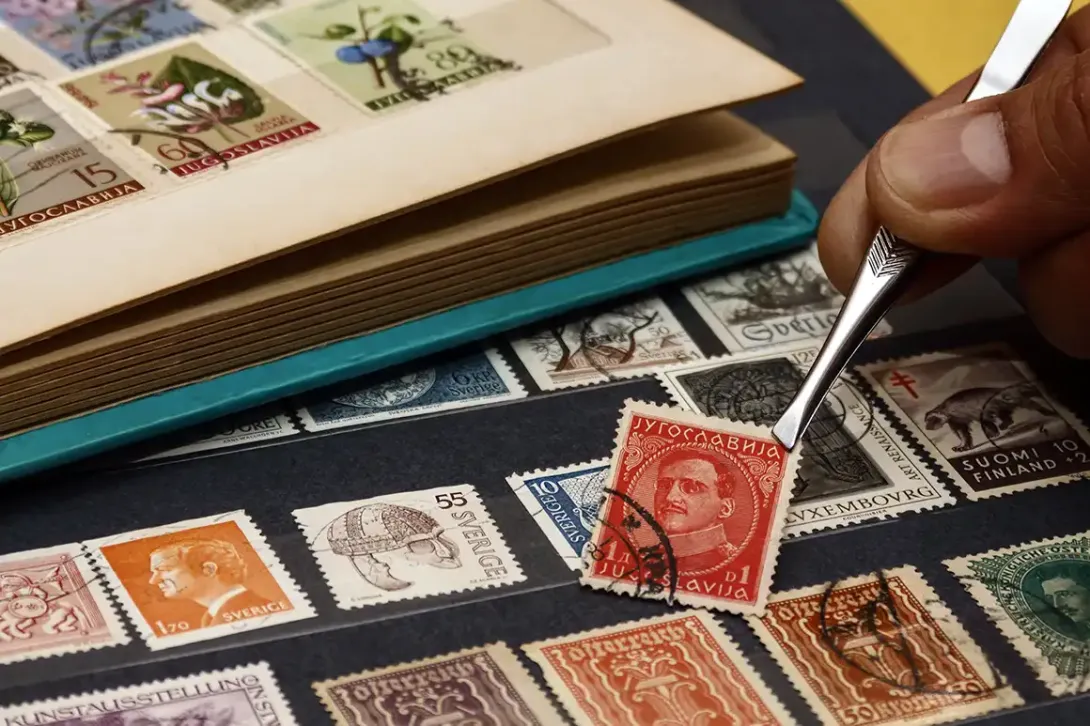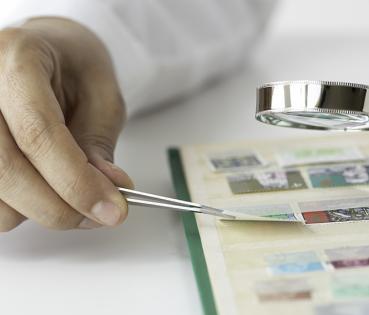
Stamp collecting, or the art of paying homage to history and culture
Since the introduction of the Penny Black in 1840 until the present day, postage stamps have evolved and become a collector's item.
The year was 1840. In the United Kingdom, Rowland Hill invented what was to be the first postage stamp as proof of payment for conveyance. Over time, stamps acquired a special symbolic value that has made them, decade after decade, true collectors' items. Philatelists, who love stamp collecting, have an infinite number of opportunities.
It is true that, in the era of new technologies, it is now more common to send an e-mail than a postcard or a letter by post. But the passion for stamps remains intact. Philatelic experts estimate that there are around 50 million stamp collectors around the world. Many of them seek rare stamps or stamps that have defects because, as is also the case with coins or banknotes, this increases their resale value among stamp collectors.
More than just gathering stamps
Philately, as well as being a popular hobby, is a way of paying tribute to past cultures and history. There are stamps honouring politicians and writers, or commemorating events that changed the future of countries. It is, therefore, about going beyond the act of collecting stamps. Most collectors research the history of each of their treasures: they study their design, issue, printing and context, and look for rarities that can increase their value.
Given the number of options, the first step before starting a stamp collection is to decide whether you want new or used stamps. It is true that some people have mixed collections, but philatelic experts advise against that. The most difficult to find are usually used stamps, which take more time and will not be as easy to locate. On the other hand, it is easier to get hold of a new stamp and, generally, they command higher prices.
Country collections or theme-based collections are common. In the first case, stamps are collected and acquired from specific countries covering different periods. The easiest to complete are collections of stamps from countries that have only recently become independent; on the other hand, putting together a complete collection from countries such as France, Spain or Great Britain is very difficult... and expensive. Thematic collections are also on the rise and allow you to choose a specific motif, such as aeroplanes, flowers, animals, royal weddings...
Exchange and collector's groups
In order to know whether a stamp is suitable to be added to a collection, philatelic experts analyse, among other things, the integrity of the paper or whether the paper is folded, ripped or torn. It is also important to ensure that the stamps are free from mould or stains, usually brown in colour, caused by oxidation.
There are collectors whose goal is to obtain financial gain from their collection. Most stamps are not very valuable, but it is advisable to check catalogues or specialised websites to determine their value. To meet other collectors and even to exchange stamps, collectors' groups are perfect. There are face-to-face events and online forums. These philatelic clubs offer excellent opportunities, such as fairs or exhibitions, to meet other stamp lovers and fans of philately.




